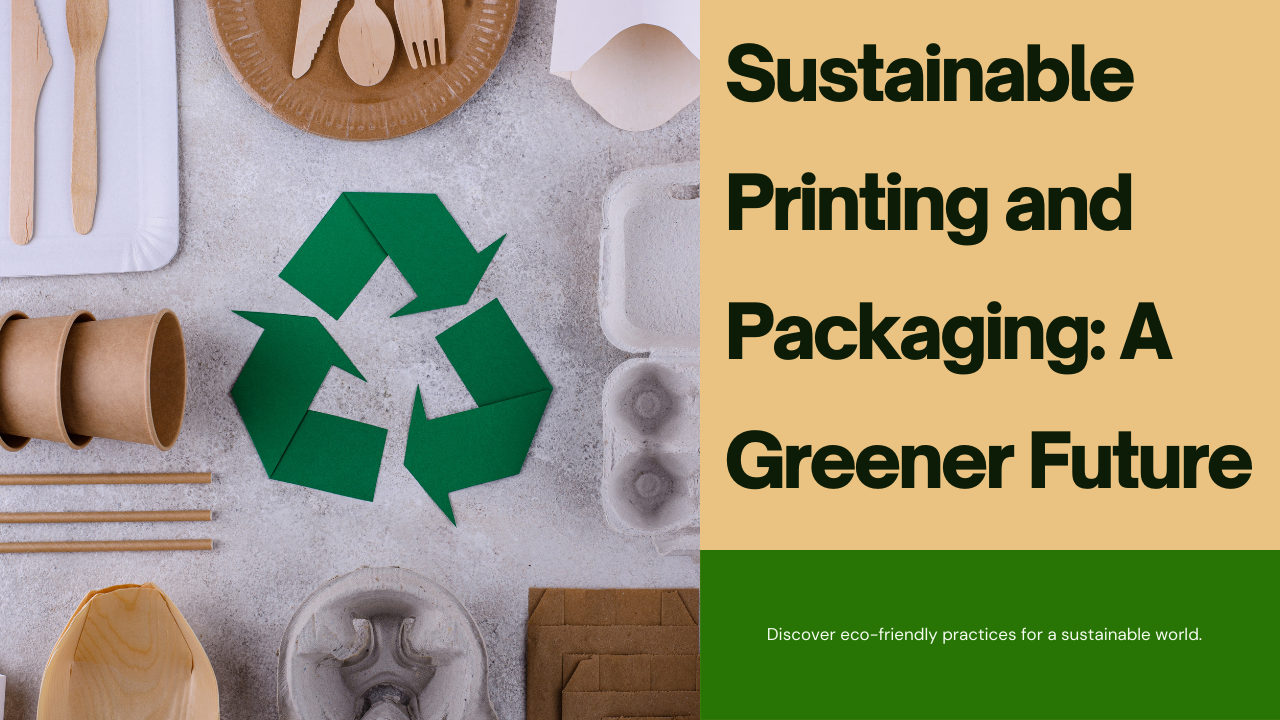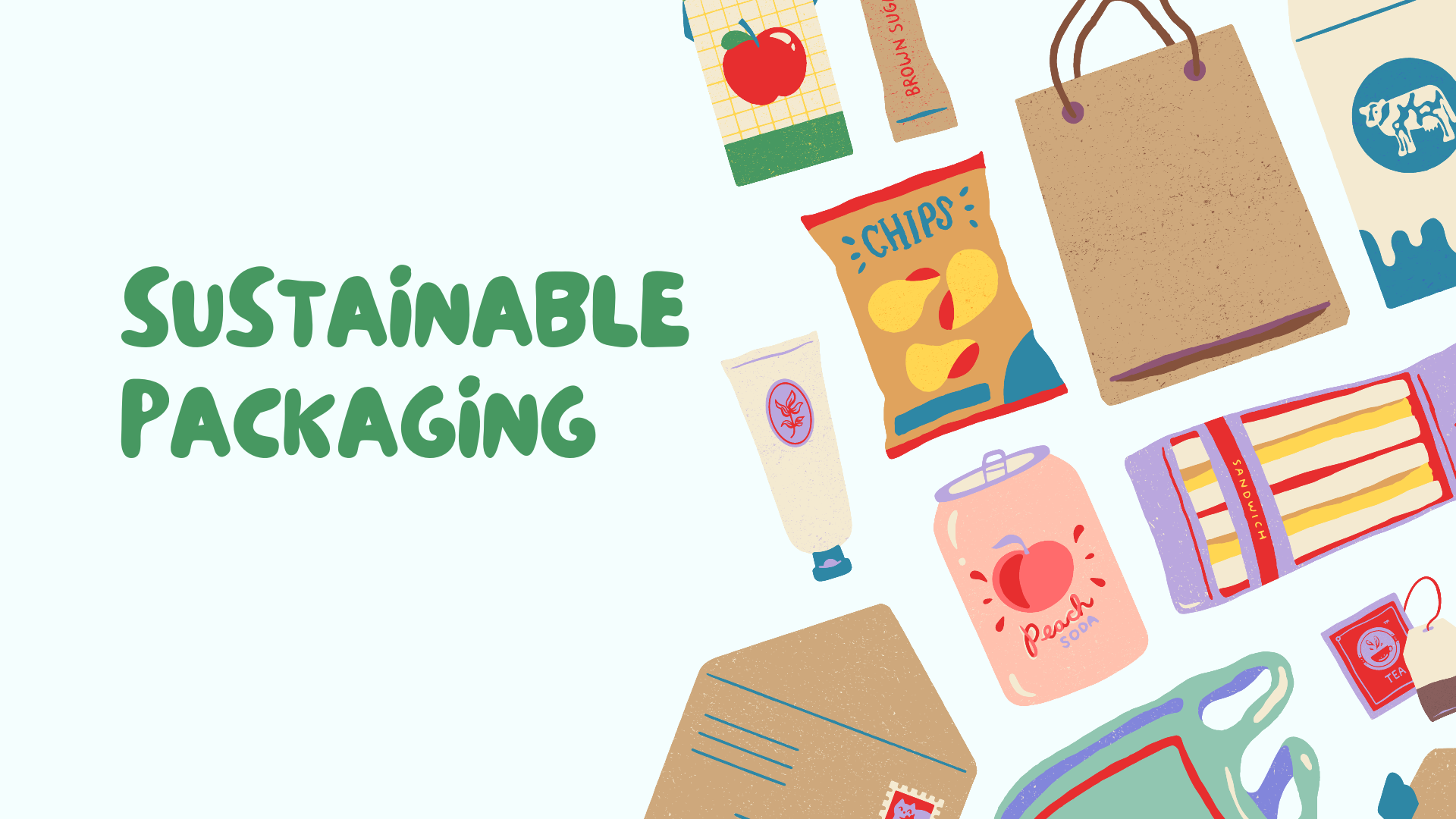Sustainable Printing and Packaging: Navigating Eco-Friendly Practices for a Greener Future

In a world increasingly focused on environmental sustainability, industries like printing and packaging are undergoing a significant transformation. As consumer awareness of environmental issues grows, businesses are under pressure to adopt more sustainable practices. This shift towards sustainability is not only driven by regulatory requirements but also by a genuine desire to reduce environmental impact and contribute to a healthier planet.
The Importance of Sustainability in Printing and Packaging:

Printing and packaging have long been associated with environmental concerns due to factors such as resource consumption, waste generation, and pollution. However, the industry is now embracing sustainable practices to mitigate these impacts and meet the growing demand for eco-friendly products.
Eco-Friendly Materials:
One of the key pillars of sustainability in printing and packaging is the use of eco-friendly materials. These materials are sourced from renewable resources, such as recycled paper and cardboard, biodegradable plastics, and plant-based inks. By using these materials, businesses can reduce their reliance on finite resources and minimize their environmental footprint.
Renewable Energy Sources:
Another important aspect of sustainable printing and packaging is the adoption of renewable energy sources. Printing facilities and packaging manufacturers are increasingly investing in solar, wind, and hydroelectric power to reduce their reliance on fossil fuels and lower their carbon emissions. By harnessing renewable energy, businesses can significantly reduce their environmental impact and contribute to a cleaner, greener future.
Waste Reduction Strategies:
Reducing waste is a key priority for sustainable printing and packaging. This involves minimizing material waste during the production process, implementing recycling programs, and optimizing packaging designs to reduce excess packaging. Additionally, businesses are exploring innovative solutions such as compostable packaging and closed-loop systems to further reduce waste and promote a circular economy.
Circular Economy Principles:
Embracing circular economy principles is essential for achieving long-term sustainability in printing and packaging. This involves designing products and packaging with end-of-life considerations in mind, such as recyclability, biodegradability, and reusability. By adopting a circular approach, businesses can minimize waste, conserve resources, and create a more sustainable and resilient supply chain.
Conclusion:
Sustainability is no longer a choice but a necessity for the printing and packaging industry. By embracing eco-friendly materials, renewable energy sources, waste reduction strategies, and circular economy principles, businesses can minimize their environmental impact and contribute to a greener future. Together, we can drive positive change and create a more sustainable world for future generations.